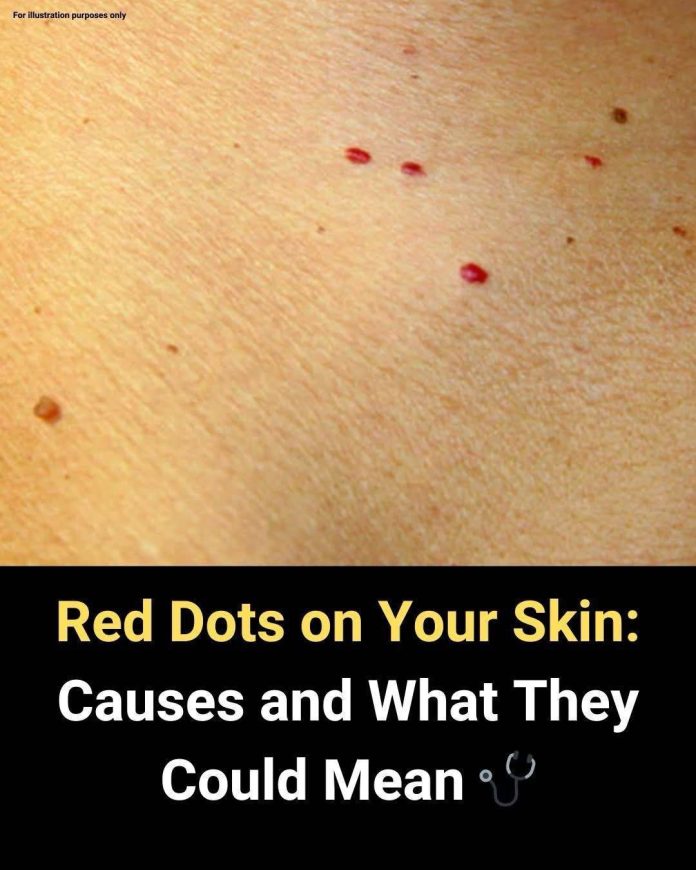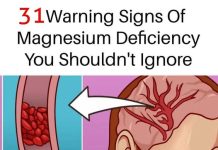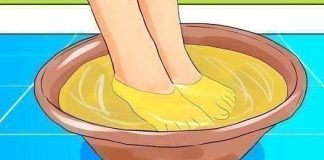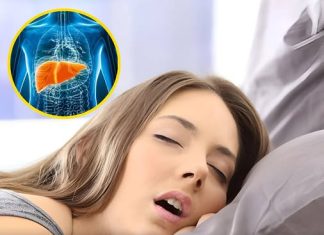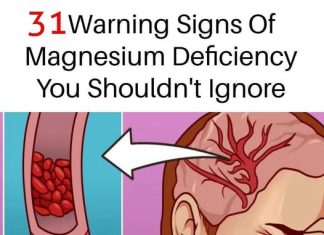Red dots appearing on the skin can provoke concern and confusion. In most cases, they are harmless and transient. But because they can also signal underlying health issues, it helps to understand what they might represent. Below is a guide to common causes, how to distinguish between mild and serious cases, and what you can do about them.
1. Contact Dermatitis and Allergic Reactions
When your skin comes into contact with an allergen or irritant—such as certain fabrics, cosmetics, soaps, or plants—it may develop red, itchy bumps or a rash. This kind of inflammatory reaction often appears shortly after exposure. You might also see swelling, flaking, or blistering in more severe reactions. Avoiding the culprit substances and applying soothing topical treatments often relieve symptoms.
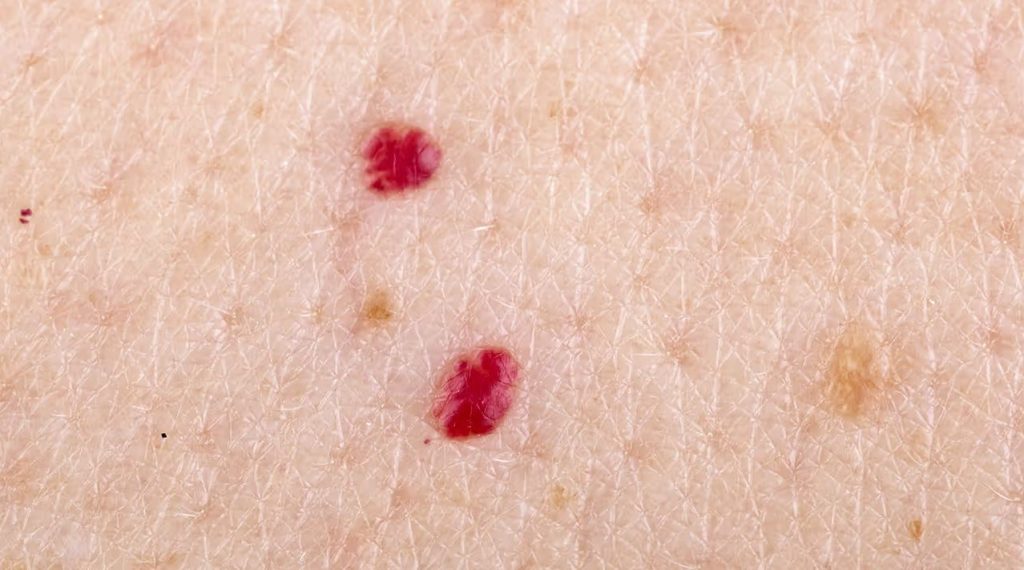
2. Petechiae and Purpura (Tiny Blood Vessel Bleeds)
Red dots that don’t fade when pressed might be petechiae—tiny red or purple spots caused by small blood vessel ruptures under the skin. When these dots form in clusters or larger shapes, they may be called purpura. Possible triggers include intense vomiting, straining, blood clotting disorders, or certain medications that impact platelets or blood vessels. Because they can sometimes suggest more serious conditions, especially when widespread, medical evaluation is recommended.
3. Heat Rash (Miliaria)
Heat rash occurs when sweat ducts become blocked, trapping sweat beneath the skin. The result: clusters of tiny red bumps or dots, often in areas where sweat accumulates, like the neck, chest, or armpits. It typically resolves when the skin is cooled and kept dry. Avoid excessive heat, tight clothing, or heavy layers to help prevent recurrences.
4. Infections and Inflammatory Conditions
Viral infections like measles, rubella, or viral exanthems can trigger red dots or rashes across the body. Similarly, skin conditions such as psoriasis, pityriasis rosea, or fungal infections may present with red spots or patches, sometimes accompanied by scaling. Bacterial infections like folliculitis (inflammation of hair follicles) can produce red dots centered on hair follicles. Dermatological evaluation may be needed to identify and treat the correct condition.
5. Petechial Drug or Medication Reactions
Some medications—especially anticoagulants, corticosteroids, or certain antibiotics—can interfere with platelet function or blood coagulation. This interference can lead to bruising or small red dot formation (petechiae) on the skin. If you start noticing unexplained red spots soon after beginning a new drug, it’s wise to check with your physician.
6. Vascular and Autoimmune Conditions
Autoimmune disorders or vascular diseases can also produce red dots. For example, vasculitis—an inflammation of blood vessels—may lead to leakage and spotting of small red marks. Lupus and related conditions might display skin signs tied to vascular damage or immune attack. Because these are systemic conditions, other symptoms like joint pain, fatigue, or temperature changes often accompany them.
7. Hormonal Fluctuations and Skin Sensitivity
Hormonal changes—especially in puberty, menstrual cycles, or pregnancy—can make skin more reactive. Increased blood flow or sensitivity can cause vessels to dilate, making tiny red dots or visible capillaries more apparent. Usually these changes are benign and tone down over time.
8. Aging, Sun Exposure, and Fragile Capillaries
Over time, skin thins and blood vessels become more fragile. Minor trauma or pressure—like scratching, rubbing, or tight clothing—can break small capillaries, leaving red dots or spider-vein patterns, especially on the legs, face, or hands. Managing skin care, using gentle products, and protecting from sun damage can reduce their appearance.
When to See a Dermatologist
Most red dots are harmless and fade on their own or with minimal care. However, seek medical attention if:
- They appear suddenly or in large numbers
- They persist for more than a few days
- They do not blanch (turn white) when pressed
- They are accompanied by other symptoms like fever, fatigue, bruising, or pain
- New medications or serious underlying health issues are involved
- A dermatologist can examine your skin, possibly order blood tests, and identify any need for treatment.
Self-Care Tips and Preventive Measures
- Keep the skin clean and dry, especially in warm or sweaty conditions
- Use mild, fragrance-free skin products to avoid irritation
- Wear loose, breathable fabrics
- Avoid scratching or picking at bumps
- Use cool compresses or oatmeal baths for soothing relief
- Monitor any new medications or supplements and alert your doctor of skin changes
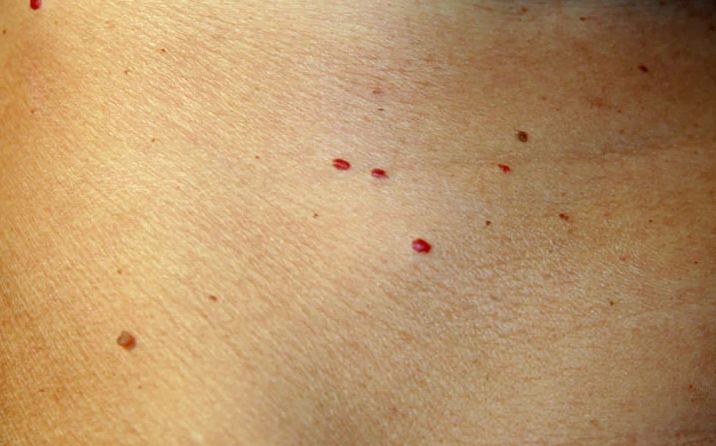
Conclusion
Noticing small red dots on your skin can be unsettling, but in most cases, they are harmless and simply part of the natural aging process. Cherry angiomas—tiny clusters of dilated blood vessels—are among the most common causes and generally do not signal any serious health issue. However, it’s important to stay observant. If these spots change rapidly in size, color, or shape, or if they bleed or itch, it’s best to consult a dermatologist to rule out other underlying conditions. Maintaining healthy habits—such as protecting your skin from excessive sun exposure, eating a balanced diet rich in antioxidants, and staying hydrated—can support overall skin health and may help prevent vascular irregularities.

